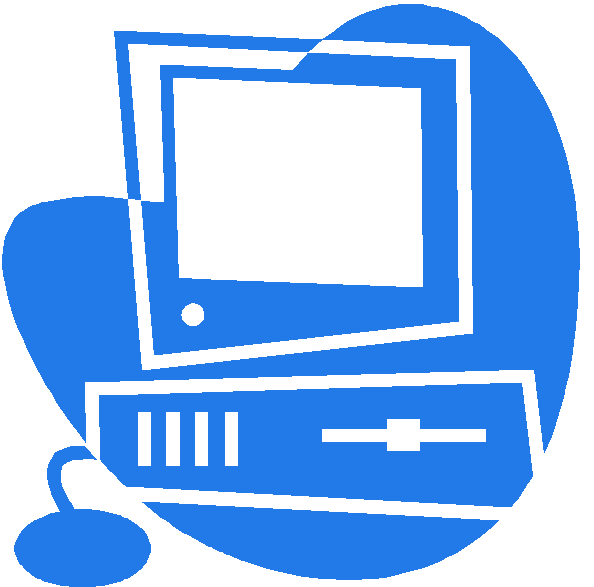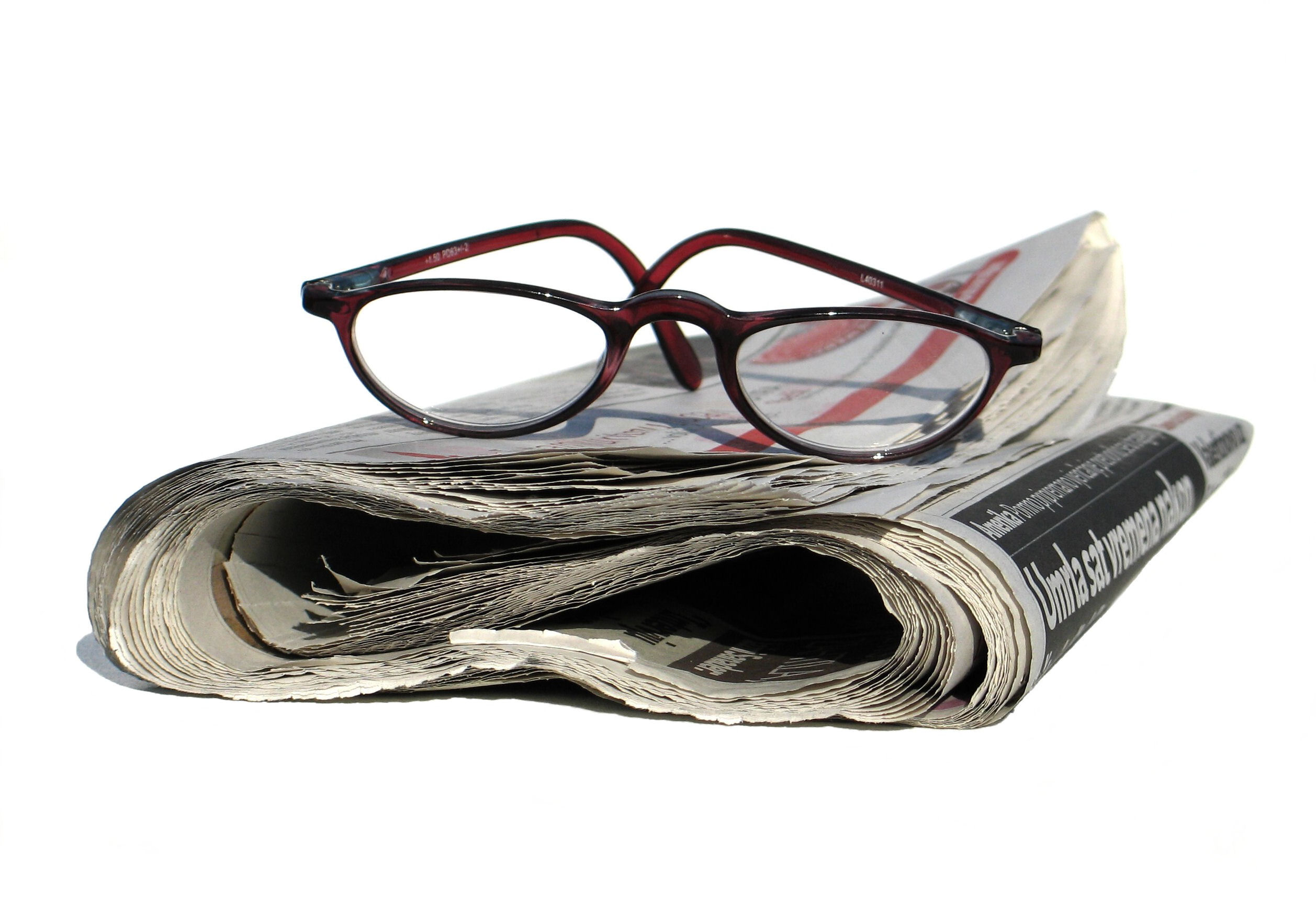
- •А.Д. Музафарова а.Г. Ковалева
- •Vocabulary practice section 1
- •Vocabulary practice section 2
- •Vocabulary practice section 3
- •This week: software
- •Vocabulary practice section 1
- •Vocabulary practice section 2
- •Internet: Voice recognition takes off
- •Programming languages.
- •Vocabulary practice section 1
- •Vocabulary practice section 2
- •Int — international organization
- •Vocabulary practice section 3
- •The 15 enemies of the Internet
- •Internet crime
- •Vocabulary practice section 1
- •Vocabulary practice section 2
- •Vocabulary practice section 3
- •How a virus infects a program
- •Vocabulary practice section 1
- •Video Games
- •Vocabulary practice section 2
- •Vocabulary practice setion 3
- •Vocabulary practice setion 4
- •Twitter's transmitters
- •Vocabulary practice section 1
- •Good Web Design? What Is It?
- •Vocabulary practice section 2
- •Vocabulary practice section 3
- •Top Five Ways to Make Your Site More Popular
- •1. Strong Hosting
- •2. Optimize Your Website
- •3. Take Advantage of Social Media Optimization
- •4. Get Your Visitors Involved
- •5. Emphasize Usability in Your Design
- •You’ve been in graphics too long if…
- •Internet
- •Web design
Vocabulary practice section 3
1. Using the information from the Key Information Section 3 decide which type of graphics software is best for these users.
1. a person who wants to edit photos at home
2. an economist who wants to present statistics in a form that can be easily understood
3. engineers who need to design the interior and exterior of a new aeroplane
4. a company which needs to design and publish a magazine
5. an artist who wants to produce illustrations and freehand drawings for a book
6. an organization that needs to make maps and 3D virtual models of the surface of the Earth
7. computer animators who make movies like “Toy Story” and “Shrek”
8. a mathematician who wants to make fractal shapes of natural phenomena
2. Label these words with visual aids of Business graphics programs.
|
pie chart bar chart line graph slide show report |
|
|
|
3. |
4. |
|
3. Decode the abbreviations from Key Information Section 3. Use the ICT dictionary, if necessary.
QTP, DTP, CG, PPI, DPI, CAD, CGI, GIS, GPS.
4. Complete the sentences with words from the box.
|
slide projector animated visual aid technology workstations slides presentations emergence paste-ups |
The original presentation graphics software ran on computer (1) …, such as those manufactured by Genigraphics, Autographix, and Dicomed. It became quite easy to make last-minute changes compared to traditional typesetting and (2) … . It was also a lot easier to produce a large number of (3) … in a small amount of time. A presentation program is supposed to help both: the speaker with an easier access to his ideas and the participants with visual information which complements the talk. There are many different types of (4) … including professional (work-related), education, entertainment, and for general communication. Presentation programs can either supplement or replace the use of older (5) …, such as Pamphlets, handouts, chalkboards, flip charts, posters, slides and overhead transparencies. Text, graphics, movies, and other objects are positioned on individual pages or "slides" or "foils". The "slide" analogy is a reference to the (6) …, a device that has become somewhat obsolete due to the use of presentation software. Slides can be printed, or (more usually) displayed on-screen and navigated through at the command of the presenter. Transitions between slides can be (7) … in a variety of ways, as can the (8) …. of elements on a slide itself. Typically a presentation has many constraints and the most important being the limited time to present consistent information.
|
network digitization computer-aided design software computers |
Originally up to the late
1990s, when GIS data was mostly based on large (9) … and used to
maintain internal records, (10) … was a stand-alone
product. However with increased access to the internet and networks
and demand for distributed geographic data grew, GIS software
gradually changed its entire outlook to the delivery of data over a
(11) … . GIS software is now usually marketed as combination of
various interoperable applications and APIs.
It helps to automate many complex processes without worrying about
underlying algorithms and processing steps in conventional GIS
software. 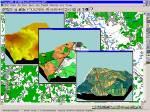 Modern
GIS technologies use digital information, for which various digitized
data creation methods are used. The most common method of data
creation is (12) …, where a hard copy map or survey plan is
transferred into a digital medium through the use of a (13) …
program, and geo-referencing capabilities. With the wide availability
ofortho-rectified
imagery
(both from satellite and aerial sources), heads-up digitizing is
becoming the main avenue through which geographic data is extracted.
Modern
GIS technologies use digital information, for which various digitized
data creation methods are used. The most common method of data
creation is (12) …, where a hard copy map or survey plan is
transferred into a digital medium through the use of a (13) …
program, and geo-referencing capabilities. With the wide availability
ofortho-rectified
imagery
(both from satellite and aerial sources), heads-up digitizing is
becoming the main avenue through which geographic data is extracted.
|
wireframe rendering bitmap filters fractals clip-art |
Painting programs work by giving a colour to each pixel in an image,
creating a (14) … . Unlike vector graphics, the image is a single
layer, so once something is painted, it becomes part of the whole
picture. In painting programs and image editors, (15) … are special
effects that can be applied to a picture, including drop shadows,
textures, distortions, etc. T he
(16) … model is the simplest interpretation of a true
three-dimensional object. Here the object is represented by its edges
and contours and is therefore similar in form to a normal engineering
drawing or sketch. (17) … adds textures to each surface, and
generates realistic reflections, shadows and highlights. Most
illustration packages come with a bundle of resources that include
ready-made (18) … images and a selection of fonts. (19) … are
geometrical patterns that are repeated at a small scale to generate
irregular shapes, some of which are similar to objects in nature.
he
(16) … model is the simplest interpretation of a true
three-dimensional object. Here the object is represented by its edges
and contours and is therefore similar in form to a normal engineering
drawing or sketch. (17) … adds textures to each surface, and
generates realistic reflections, shadows and highlights. Most
illustration packages come with a bundle of resources that include
ready-made (18) … images and a selection of fonts. (19) … are
geometrical patterns that are repeated at a small scale to generate
irregular shapes, some of which are similar to objects in nature.
GRAMMAR PRACTICE SECTION
|
Expressions of purpose result and reason.
1. Match the sentences with the explanations. |
|
Expressions of purpose.
|
1. The program was used so (that) the text and images would be arranged on the page. |
a. For followed by a noun can be used to describe purpose, especially with verbs of motion. |
|
2. The President made a speech in order to explain the policy. |
b. We can use the infinitive to describe the purpose of the subject mentioned in the opening of the sentence. |
|
3. I opened the web page to place my photos there. I opened the web page so (that) everyone could see my photos there. |
c. We can use so (that) and present simple to describe a habitual purpose. so (that)+ present simple |
|
4. I browse web pages for information I need. |
d. We can use so (that) and will/won’t to describe future purpose. so (that)+ will/won’t |
|
5. I’ll print out the document so (that) you will use it in the class. |
e. When we describe in the past a future event, will becomes would. so (that)+ would/ wouldn’t |
|
6. My friend carries his notebook everywhere so (that) he has access to the Internet anytime he needs. |
f. If the subject in the opening of the sentence and the action in the second part of the sentence are different, we can’t use Infinitive of Purpose. We have to use so (that)+can/could |
|
7. An image is displayed on the computer screen and repeatedly replaced by a new image that is similar to the previous image to create the illusion of movement. |
g. In formal speech and writing we can use in order to. Both verbs must have the same subject. |
2. Complete the sentences with necessary words.
1. I wrote the date in my diary … … I wouldn’t forget it.
2. A word processor was used … create a document.
3. It was announced that the database was placed on the web site … … … to be accessible to users.
|
4. The file … coded so that nobody … open it. 5. I went to the programmer … advice. 6. The administrator closed the information on the site so that nobody … use it. 7. I’ll send the documents by e-mail so that you … get them quicker. 8. I always make notes so that I … forget what to do. 9. People play computer games … relaxation. 10. I searched the Internet … a new version of the program. |
|
3. Match the sentences with the explanations.
Expressions of result and reason.
|
1. I’ve got so much data (that) I don’t know how to keep it. There were so few programs I knew (that) it was difficult to do the whole task. |
a. We can link results and reasons with so and because. Normally we do not begin sentences with because in formal language. |
|
2. The program was so difficult (that) I couldn’t sort it out myself. It was so hot last night (that) my computer fried. |
b. We can use as and since in formal speech and writing. They have the same meaning as because. |
|
3. We tried to make a graph for the presentation ourselves, eventually we used business graphics program. We used image editing software to improve a photo. As a result, the image had little resemblance to the photo. |
c. so much, so many, so few, so little These expressions can be used with that, but that is often left out in speech and informal writing. |
|
4. The report was too difficult to understand. The report was not difficult enough to understand. |
d. so + adjective+ that That is often left out in speech and informal writing. |
|
5. I’ve made an error in the program so it doesn’t work. The program doesn’t work because I’ve made an error. |
e. too+ adjective+ infinitive with to This construction suggests difficulty, and that something cannot be done. not+ adjective+ enough + infinitive with to This construction suggests another meaning. |
|
6. I can’t make a digital map as/since I don’t have any mapping software. As/since I don’t have any mapping software, I can’t make a digital map. |
f. We can also introduce the result of situation by using a result phrase, such as as a result, or time expression such as in the end, eventually. These is usually used in formal speech and writing. |
4. Make up your own sentences to given explanation a-f in exercise 3.
5. Think up a story using as many expressions of purpose, reason and result as possible.
READING PRACTICE SECTION
|
|
1. In the magazine article which follows, a number of software developers express their opinions on the future of software technology. Read the article and decide which opinions are expressed by the speakers.
|
Opinions:
In general, customers are getting what they want.
In general, customers are not getting what they want.
Software is too complex.
Software is not complex enough.
Software developers know what users want.
Software developers don't know what users want.

 1.
1.
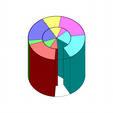 2.
2.


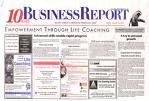 5.
5.
